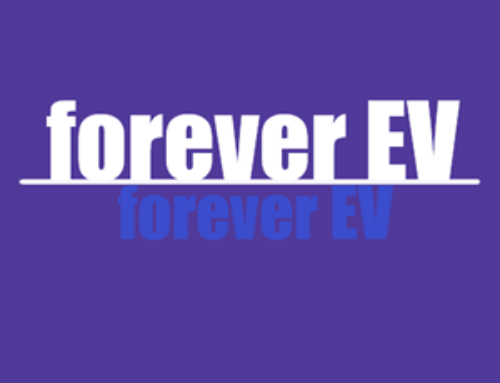According to Gemini, several promising binder polymers can be used to achieve fast charging for graphite anode electrodes in lithium-ion batteries. Here are some key options, each with its advantages and limitations:
1. Traditional Binders:
- Polyvinylidene fluoride (PVDF):
- NMP solvent:
- Limited low-temperature performance:
2. Sustainable Alternatives:
- Carboxymethyl cellulose (CMC):
- Polystyrene-butadiene rubber (SBR):
3. Emerging Options:
- Conjugated polymers:
4. Factors to Consider:
- Binder design and modification:
- Processing techniques:
- Electrode composition and structure:
Ultimately, the ideal binder depends on specific priorities. While PVDF offers high performance, its environmental concerns lead to exploring sustainable alternatives like PAA and CMC. The future likely lies in a combination of these approaches, along with continued research on novel materials and fabrication techniques.
Remember: No single binder offers the perfect solution. Evaluating your specific needs and priorities is crucial for choosing the optimal binder for achieving fast-charging graphite anode electrodes.

